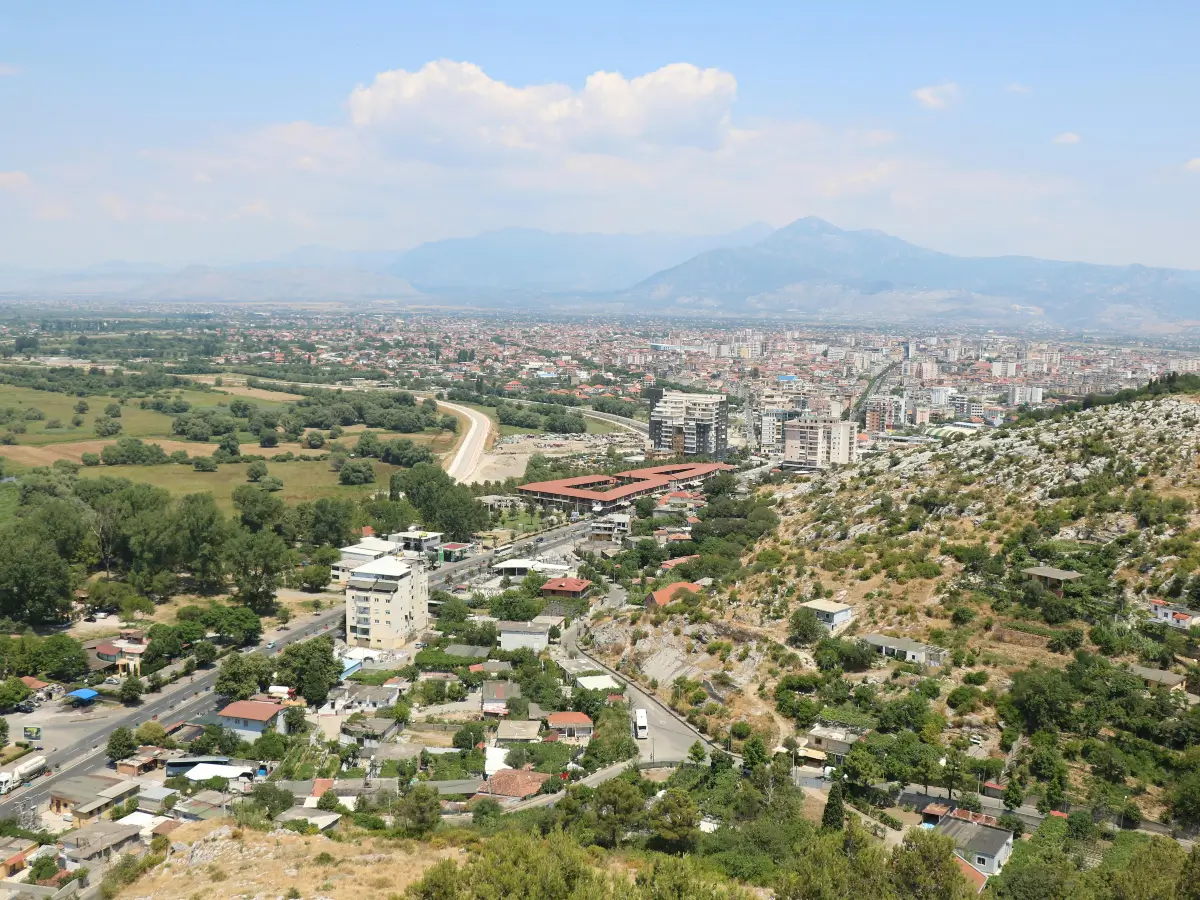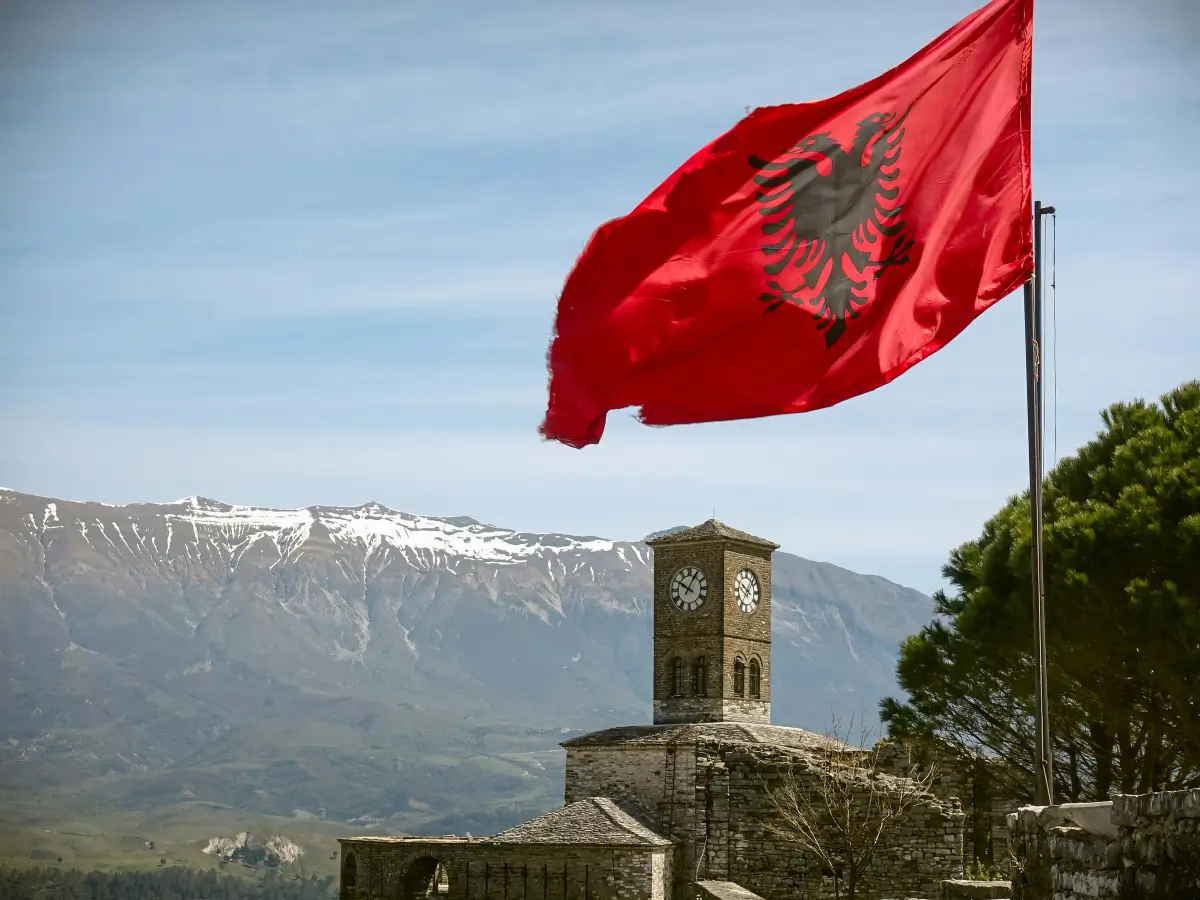Albania is a country with a distinct cultural identity, shaped by centuries of history, isolation, migration, and resilience. At the heart of that identity is language. While Albanian is the official and dominant language across the country, the linguistic landscape is more complex than it first appears. Regional dialects, recognized minority languages, and growing foreign language influence all play a role in daily communication — from small villages to urban centers.
Understanding the languages spoken in Albania gives deeper insight into how Albanians preserve their roots while adapting to a globalized world.

Albanian is the official language — and it stands alone in Europe
The primary language spoken in Albania is Albanian (Shqip), which is also the country’s only official language. What makes it exceptional is that it forms its own branch of the Indo-European language family. It is not closely related to any other European language, making it one of the few linguistic isolates on the continent.
Albanian has two main dialects:
-
Tosk, spoken in the south and used in official government, education, and media. It forms the basis of standard Albanian.
-
Gheg, spoken in the north, including parts of Kosovo and North Macedonia. Gheg has notable phonetic, lexical, and grammatical differences from Tosk.
Both dialects are mutually intelligible but reflect regional identity and cultural pride. In daily life, people switch effortlessly between local dialect and standard Albanian depending on the setting.
Recognized minority languages
In addition to Albanian, several minority languages are spoken in regions where ethnic communities have historically lived. These languages are protected under Albanian law and can be used in education, media, and local government where applicable.
Recognized minority languages include:
-
Greek — spoken primarily in the south near Gjirokastër, Saranda, and Himara by members of the Greek minority
-
Macedonian — used in some villages near Lake Prespa
-
Aromanian (Vlach) — spoken by communities in the southeast, especially in rural and mountainous areas
-
Romani — spoken among Roma communities throughout Albania
-
Serbian and Montenegrin — present in small numbers near the northern border regions
These languages are not widely used outside their communities, but they reflect Albania’s long-standing multiculturalism and the country’s respect for ethnic minorities.

Foreign languages in modern Albania
In recent decades, foreign languages have become increasingly important in education, tourism, and business. The most widely spoken foreign languages today are:
-
English — rapidly becoming the most popular second language, especially among young people and professionals. English is commonly used in universities, customer service, hospitality, and digital media.
-
Italian — widely spoken by older generations and Albanians who have lived or worked in Italy. Italian TV channels and pop culture had a major influence during the post-communist era.
-
Greek — spoken by Albanians who have worked in Greece or live near the southern border.
-
German — gaining ground due to work migration to Germany and Austria, as well as German-funded education programs.
-
French — less widespread, but still present in academic and cultural institutions.
Many Albanians are multilingual, especially in urban areas or regions with high levels of migration. It’s not uncommon to find someone who speaks fluent Albanian, English, and Italian — with conversational knowledge of Greek or German.
Language reflects Albania’s past and future
Language in Albania is more than just a tool of communication — it reflects the country’s layered identity. The survival of Albanian as an independent linguistic branch, despite centuries of occupation and isolation, is a point of national pride. At the same time, Albanians have embraced learning other languages to connect with the world, seek opportunities, and open new doors.
In the classroom, at the market, and in tourist towns, you’ll hear a fascinating mix of accents, dialects, and languages. This diversity reflects Albania’s complex history, modern ambitions, and welcoming culture.